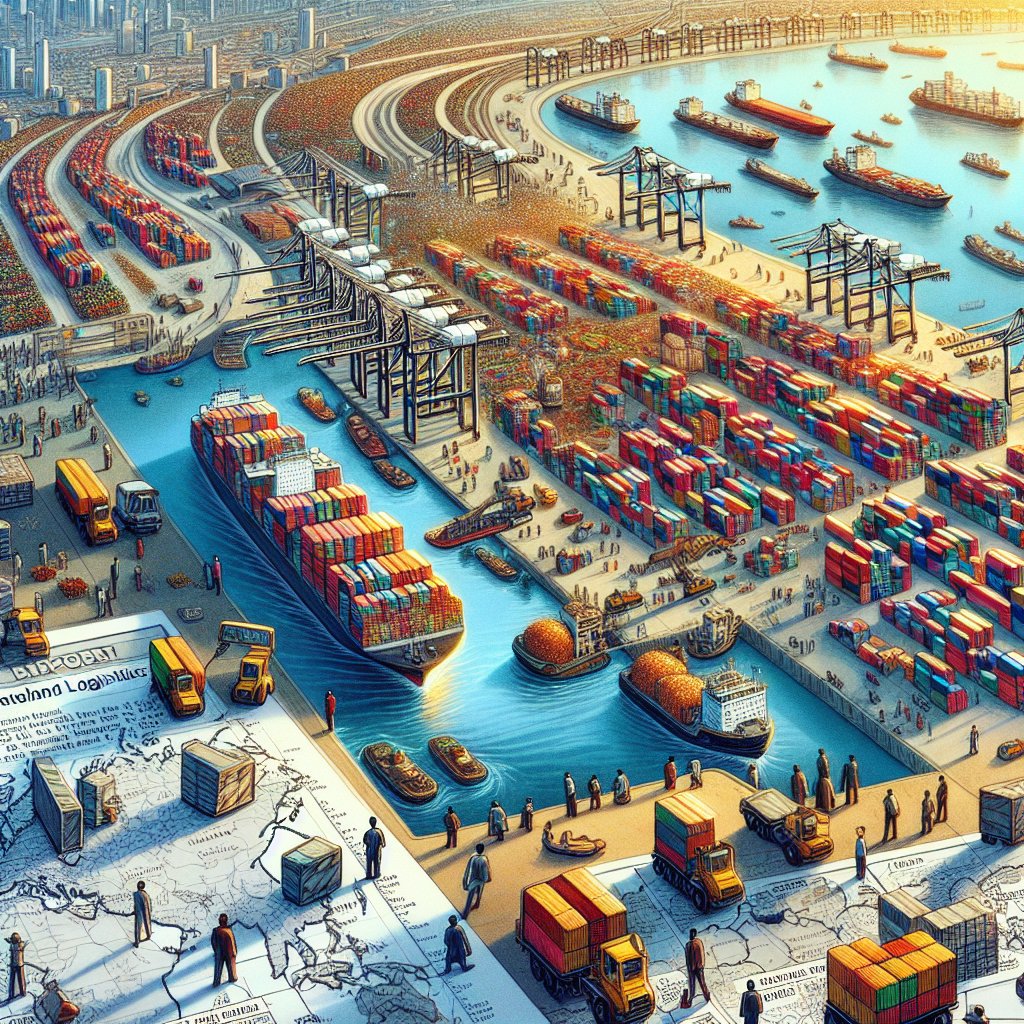Content created by AI
Strategic Investment in Africa's Hinterland Logistics Key to Boosting Export Potential
Africa’s burgeoning position as a global exporter of essential commodities, particularly battery metals and agricultural products, has attracted significant attention from investors worldwide. Focused primarily on port development, these investors often miss a crucial piece in the puzzle of export efficiency—hinterland logistics infrastructure.
Ed Stumpf, Investment Director at African Infrastructure Investment Managers, a division of Old Mutual Alternative Investments, highlights that land-based logistics in Africa are fraught with inefficiencies that increase export costs, creating a bottleneck for the continent's export competitiveness.
The surge in demand for battery metals necessitated by global decarbonization efforts, and the untapped potential of African agriculture to become a net food exporter, brings to light the urgency for logistical improvements. For example, the transport of copper cargoes from the Democratic Republic of Congo to the Port of Dar es Salaam in Tanzania faces cost hikes due to logistical hurdles, making shipping routes to the east more viable despite being longer.
This conundrum arises from irrational logistical processes where, although cargo should ideally travel the shortest distance to an equipped seaport, it often traverses further to ports such as Durban due to slightly more efficient logistics, especially on the port side. Investors must consider the entire export logistics corridor, which involves not only ports but also the road and rail networks that lead to these ports.
Investment strategies should prioritize the resolution of corridor-specific blockages. Regional governments are sometimes guilty of planning new ports or expanding existing ones without considering hinterland connectivity, leading to facilities being underused. Commercial dynamics are often sidelined in favor of large-scale political projects, resulting in fragmented transport links.
Strategic improvements are necessary, with investors advised to focus on enhancing transport efficiency. This could include investments aimed at increasing rail cargo, easing border post congestion, and addressing the issue of returning empty carriers post-delivery.
To prevent underutilization and allow investments to mirror demand, Stumpf recommends starting with modest improvements before considering expansion. He points out the contrasting port investment environments across Africa—with West African port markets being intensely competitive, whereas in southern and eastern Africa, public-private dynamics create additional challenges for investors.
Recent reforms, however, spurred by capacity constraints and underperformance—such as high average dwelling times at African terminals—are inviting a wave of liberalization in the port and land-based logistics sectors. Noteworthy is Durban port authority's partnership with a private terminal operator following its poor performance ranking by a World Bank report.
The unfolding liberalization offers hope for a more integrated approach to investment. Governments are increasingly warming up to private sector participation in areas previously held by state entities, such as selling railway network slots to private companies. This development could pave the way for investors to exert greater control over their logistics chains, optimizing the efficiency of port investments.
Investors looking to tap into Africa's export potential must therefore broaden their scope and engage in hinterland logistics investments to ensure that the continent's valuable commodities can compete favorably on the global market.










